Using Statistics and Probability to Analyse and Communicate Life Problems
Course Purpose: This unit standard is designed to provide credits towards the mathematical literacy requirement of the NQF at Level 4. The essential purpose of the mathematical literacy requirement is that, as the learner progresses with confidence through the levels, …
Overview
Course Purpose:
This unit standard is designed to provide credits towards the mathematical literacy requirement of the NQF at Level 4. The essential purpose of the mathematical literacy requirement is that, as the learner progresses with confidence through the levels, the learner will grow in a confident, insightful use of mathematics in the management of the needs of everyday living to become a self-managing person. An understanding of mathematical applications that provides insight into the learner`s present and future occupational experiences `and so develop into a contributing worker. The ability to voice a critical sensitivity to the role of mathematics in a democratic society and so become a participating citizen. People credited with this unit standard can: Critique and use techniques for collecting, organising and representing data. Use theoretical and experimental probability to develop models, make predictions and study problems. Critically interrogate and use probability and statistical models in problem-solving and decision-making in real-world situations.
What will you learn
This course is tailored to meet the mathematical literacy requirements of the NQF at Level 4, aiming to empower learners with the ability to confidently and insightfully apply mathematical principles to everyday life. Participants will develop skills in critiquing and utilising data collection techniques, as well as representing data effectively. The course emphasises the use of theoretical and experimental probability to create models, make predictions, and analyse real-world problems. By the end of this course, learners will be adept at employing statistical and probability models for informed decision-making and problem-solving, thereby becoming self-managing individuals, contributing workers, and active, critically sensitive citizens in a democratic society.
 Duration: 1 Day
Duration: 1 Day
Featured Course
Apply Basic Business Principles
Course Curriculum
Curriculum
Curriculum
- 3 Sections
- 18 Lessons
- 3 Days
- Unit 1: Critique and use techniques for collecting, organising and representing data.ASSESSMENT CRITERIA9
- 1.1Situations or issues that can be dealt with through statistical methods are identified correctly.
- 1.2Appropriate methods for collecting, recording and organising data are used so as to maximise efficiency and ensure the resolution of a problem or issue.
- 1.3Data sources and databases are selected in a manner that ensures the representativeness of the sample and the validity of resolutions.
- 1.4Activities that could result in contamination of data are identified and explanations are provided of the effects of contaminated data.
- 1.5Data is gathered using methods appropriate to the data type and purpose for gathering the data.
- 1.6Data collection methods are used correctly.
- 1.7Calculations and the use of statistics are correct.
- 1.8Graphical representations and numerical summaries are consistent with the data, are clear and appropriate to the situation and target audience.
- 1.9Resolutions for the situation or issue are supported by the data and are validated in terms of the context.
- Unit 2: Use theoretical and experimental probability to develop models.ASSESSMENT CRITERIA4
- 2.0Experiments and simulations are chosen and/or designed appropriately in terms of the situation to be modelled.
- 2.1Predictions are based on validated experimental or theoretical probabilities.
- 2.2The results of experiments and simulations are interpreted correctly in terms of the real context.
- 2.3The outcomes of experiments and simulations are communicated clearly.
- Unit 3: Critically interrogate and use probability and statistical models.ASSESSMENT CRITERIA5
- 3.0Statistics generated from the data are interpreted meaningfully and interpretations are justified or critiqued.
- 3.1Assumptions made in the collection or generation of data and statistics are defined or critiqued appropriately.
- 3.2Tables, diagrams, charts and graphs are used or critiqued appropriately in the analysis and representation of data, statistics and probability values.
- 3.3Predictions, conclusions and judgements are made on the basis of valid arguments and supporting data, statistics and probability models.
- 3.4Evaluations of the statistics identify potential sources of bias, errors in measurement, potential uses and misuses and their effects.
Requirements
- Grade 11
- NQF Level 3







